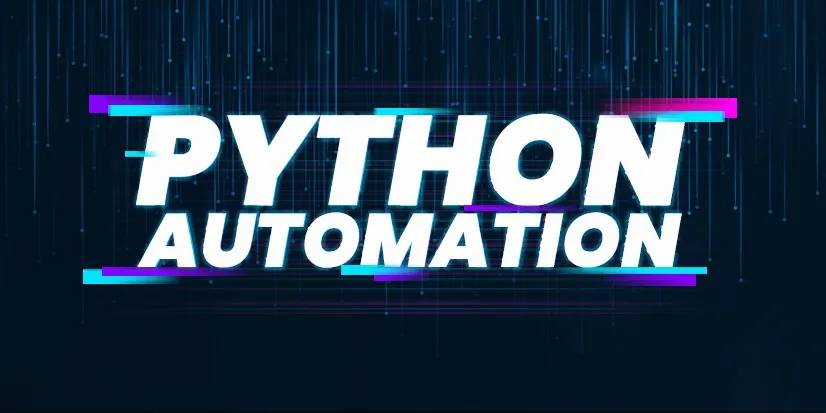Our Data Analytics with Python and SQL course is part of our comprehensive IT curriculum. We employ a unique six-step process that sets us apart from other boot camps nationwide, ensuring our students receive personalized, industry-specific training that prepares them to thrive in the evolving world of technology.
We provide an individual dashboard for each and every student of ours. It will help you track down all of your classes, materials and progress.
You can attend our data analytics class online in your own comfort. The classes will be live. You can engage efficiently during online classes.
If you miss out on anything during our data analytics online training, you can easily access our recorded classes and keep up with the rest.
An organized resume can easily get you your targeted job. Our data analytics training online classes will assist you to build a standard job resume.
An interview is a gateway to getting a job. It is very crucial for landing a good job. Transfotech will also help you prepare for your interview.
This online program of ours is very easy to register for. Your desired job is just a few clicks away.
Data analysts with skills in Python and SQL are in high demand, with opportunities growing rapidly across industries. Learn data analytics online to unlock the power of data-driven decision-making and become a valuable asset in today’s data-centric world.

International American University (IAU), LA, USA
An experienced software engineer and educator, Zakir has introduced QA Engineering at International American University and teaches Quality Assurance at Transfotech Academy. Skilled in .NET Core, SQL, and AngularJS, he focuses on impactful solutions and guiding future tech leaders.
I have been fully committed to cyber Security and Transfotech Academy is a very good place to expand your experience and knowledge or expertise in the technology industry. Give it a chance. All the instructor are down to earth people and they care about you and your future also will help you with your task in any area that you need help in. Really appreciated.
I thought the online cyber security training was a great experience. The instructors were experienced and passionate about the subject matter, and they did a good job of keeping us engaged throughout the course. I really like the real-world examples they used to illustrate the concepts we were learning. And the instructors were always available to help.
The online cyber security training exceeded my expectations. The course content covered a wide range of topics from network security to ethical hacking. The online format was very convenient for me as I could take the course at my own pace and review the material as needed. I would highly recommend this course to anyone interested in cyber security.
